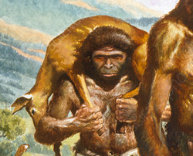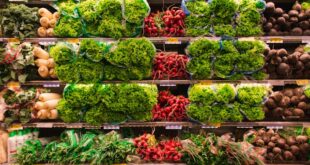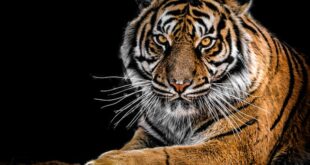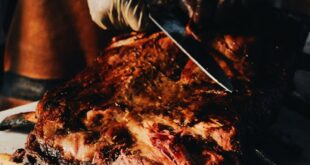Ruminants are nature’s machinery.
Modern homo sapien would not have existed had there not been ruminants.
Modern societies depend on ruminant animal agriculture.
Ruminants have a unique ecological niche.
Ruminants’ evolution long pre-dates the homo sapien.
What is a Ruminant?
A ruminant is a type of mammal characterized by its digestive system, which includes a specialized stomach divided into four compartments: the rumen, reticulum, omasum, and abomasum.
These animals, including cows, sheep, goats, deer, and giraffes, are capable of regurgitating and re-chewing their food to aid in the digestion process.
This process is known as rumination, and it allows ruminants to extract more nutrients from the plant-based food they consume.
Ruminants play a significant role in agriculture and ecosystems due to their ability to efficiently convert plant material into energy and other resources.
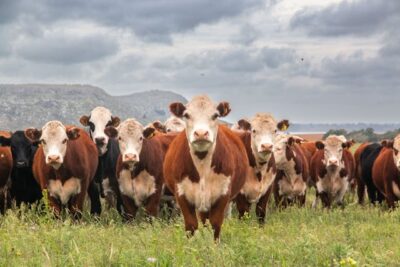
How the Rumen System Works
Ruminants have this multi- compartmented stomach that hosts trillions of microorganisms.
These microorganisms produce biproducts, they also produce an enzyme that no vertebrate animal produces called cellulase.
Cellulase is critical for breaking down this complex carbohydrate called cellulose, you can think of it as fiber.
Cellulose is nothing more than glucose units hooked together.
So, cows eat the cellulose and microbial bacteria breakdown and ferment the cellulose.
The biproduct is short chain fatty acids and those are absorbed by the cow.
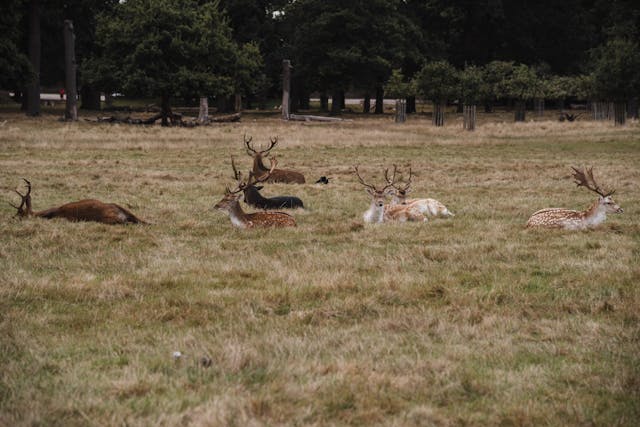
So, the cow eats grass, but the nutrition it gets is 70-80% saturated fatty acids and the rest is protein from the bacteria dying off.
Humans can get the nutrition we need from the cow that has done all the processing. So, the cow is converting the cellulose, which we can do nothing with, into the nutrition our small intestine can digest.
We give them a great life, keep them from predators, feed them on regenerative wide-open pastures and they help us in the end.
Without them we don’t exist.
Environment
Unfortunately, we still have CAFO’s, everything should move to regenerative farming, where your rotate pastures in intervals.
This regenerates the soil and is good for the animals.
Now we have converted a great deal of our grassland into agricultural land.
Grasslands should be just for grazing ruminant animals to convert the grass into high quality animal protein and animal fat either as meat or as dairy products.
The majority of farmland in the U.S. is in fact what we call rangeland, land that should not be cultivated, think dust bowl.
 Growing Younger Everyday What Works For Me
Growing Younger Everyday What Works For Me

